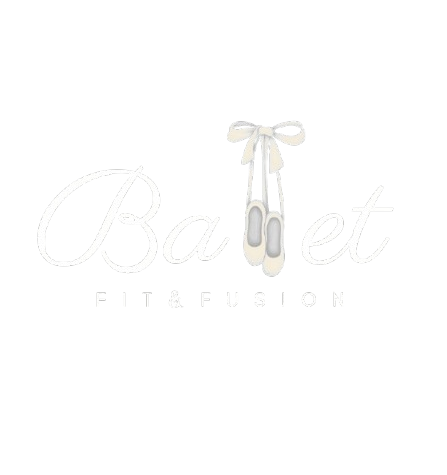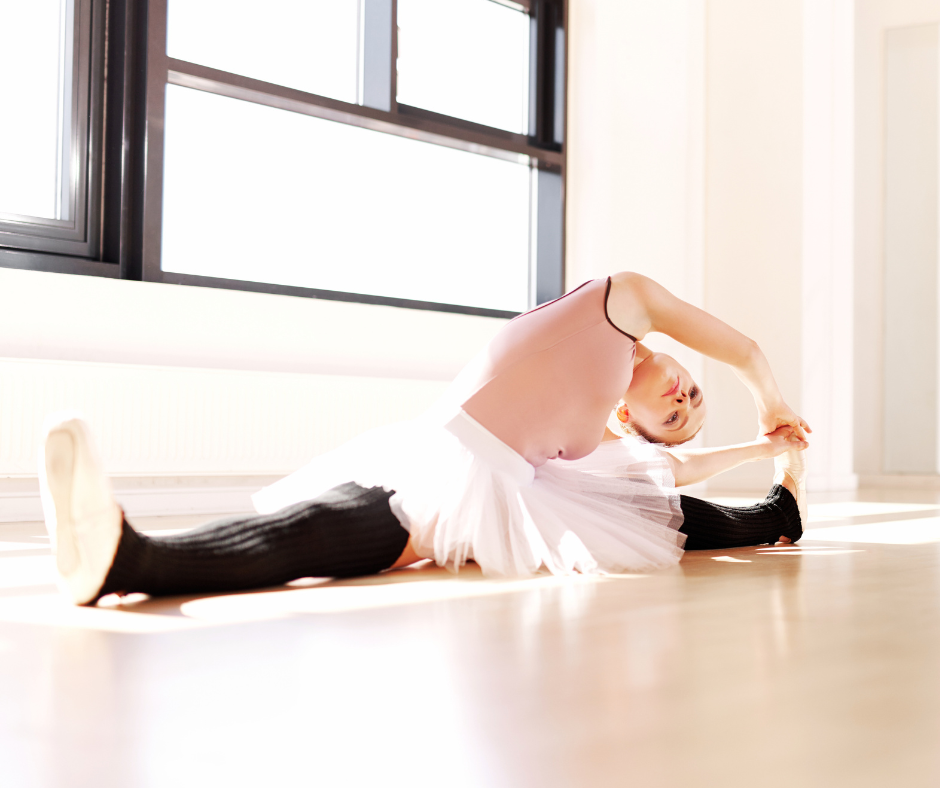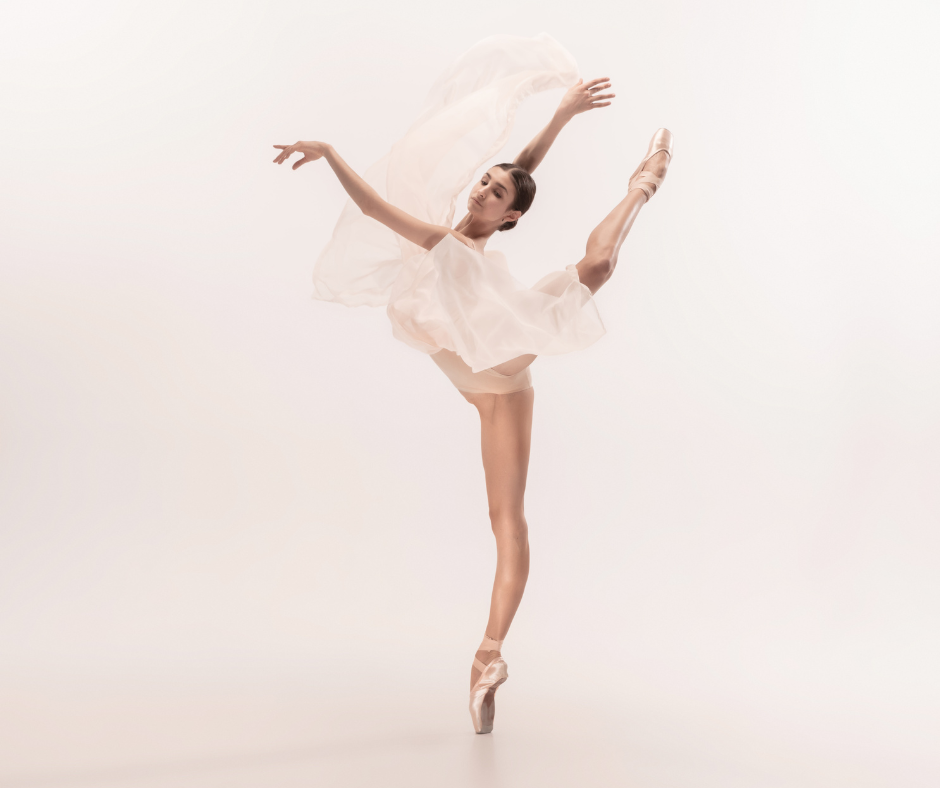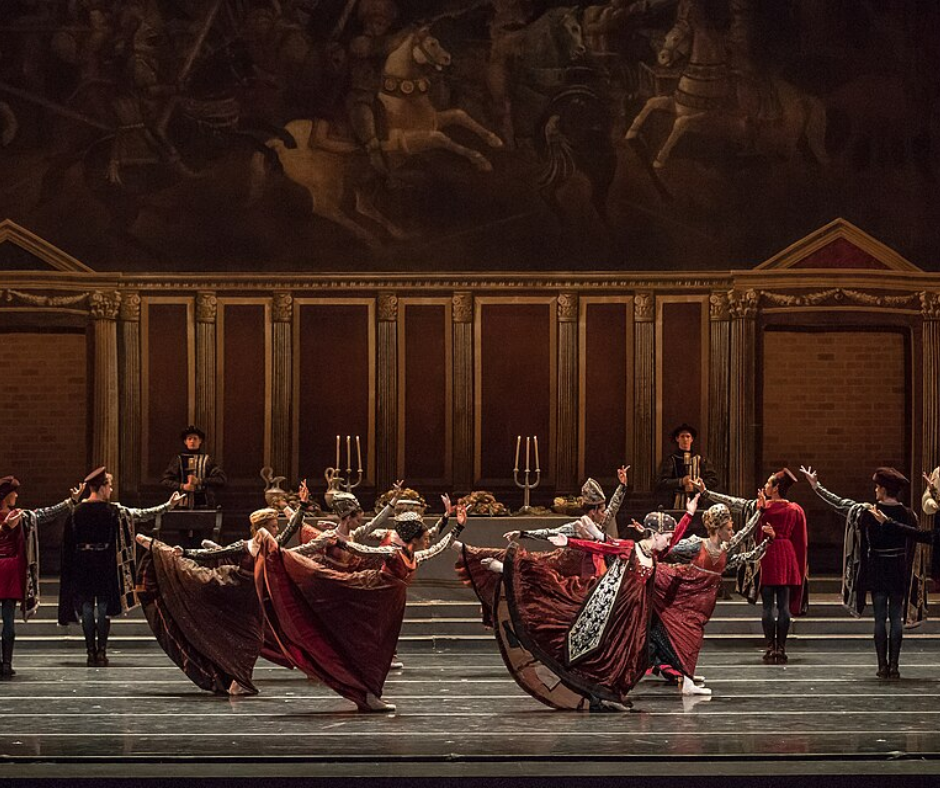Stretching into ballet, One step at a time
If you’ve ever watched a ballerina float across the stage, leg lifted high, toes perfectly pointed, and thought, “Well… I could never do that, I can’t even touch my toes,” you’re definitely not alone. A common question I hear is: “Can you do ballet if you’re not flexible?” The thing is that you don’t need to be a contortionist (a performer who showcases extreme physical flexibility) to start learning ballet, but you do need to try hard to build flexibility gradually and safely.
That said, flexibility is a real requirement in ballet. It’s not about being able to fold yourself like a rubber band or do full splits right away, but you do need a certain range of motion to perform the movements safely and beautifully. There’s a misconception that ballet is only for those born super bendy, and while natural flexibility helps, it’s really about building and respecting your body’s limits.
So no, you don’t have to be a “human pretzel” to fall in love with ballet or to become skilled at it but you do have to be willing to work on flexibility as a foundation for your technique. (If you’re still asking yourself about what this human pretzel mean though, click here)
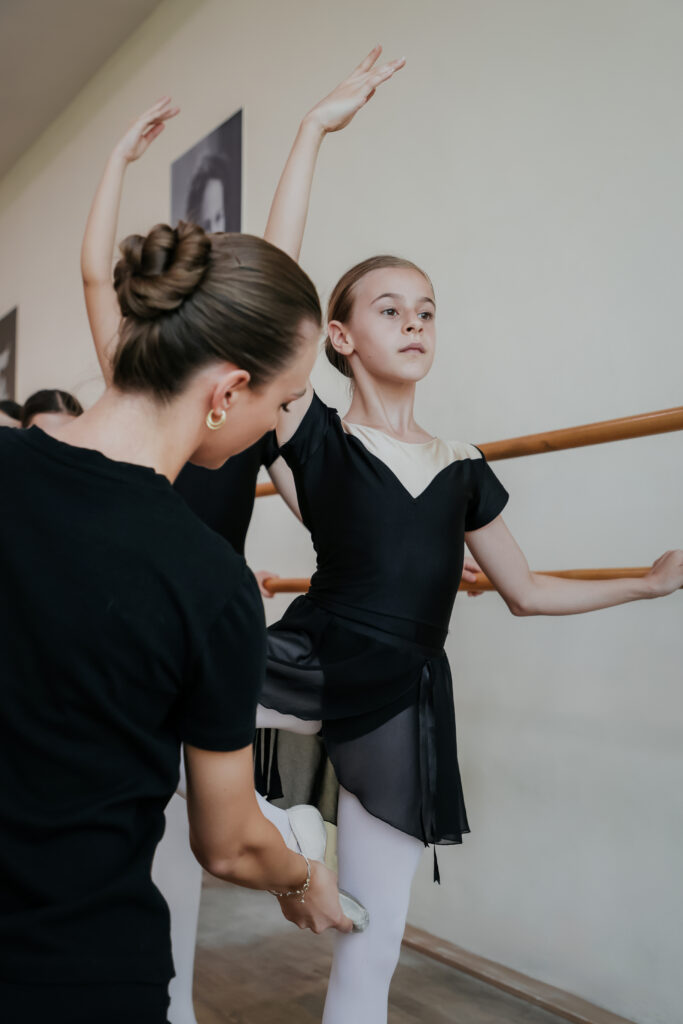
Young ballerina practicing at the barre, focused in every movement
Flexibility is essential, but it’s not the whole story
I want to be real with you, flexibility is a key part of ballet. It helps us create those beautiful lines, high extensions, and fluid movement. But the good news is: even if you’re not naturally flexible, you can absolutely work on it.
Flexibility isn’t about forcing your body into extreme positions it’s about building range of motion through consistent, patient, and healthy practice. With time, the right technique, and controlled movement, your body will respond and evolve. Ballet doesn’t demand perfection from the start, it rewards dedication and progress.
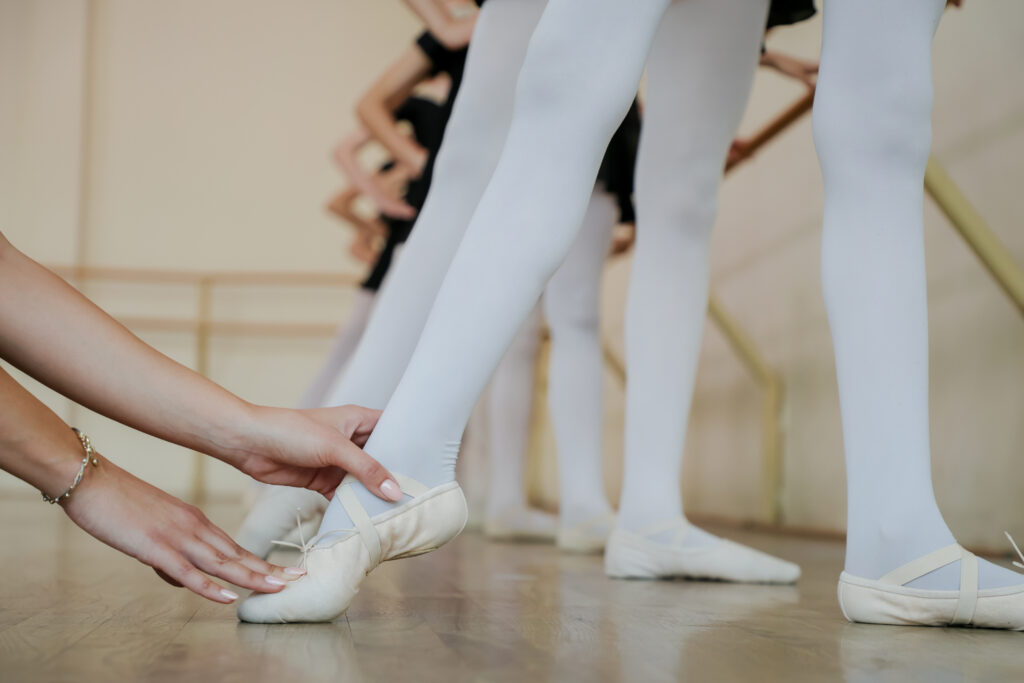
Teacher adjusting a ballet student’s foot at the barre to guide proper form and balance.
Strength over stretch
Something I’ve learned and it surprised me is that ballet is just as much about strength as it is about stretch. Holding your posture, controlling your movements, staying balanced on one leg… that’s core, leg, and back strength doing the work. Sometimes the most “simple” positions, like first arabesque, require more strength and coordination than a super-flexible extension.
So if you’re not the most flexible person in the room, shift your focus. Build strength, balance, awareness of your body because that is exactly what makes a dancer, not just touching your toes.
The mindset matters most
This is the part that no one talks about enough: Ballet is a mindset. It’s about showing up with curiosity, discipline, and heart. It’s about learning to speak a new physical language, one that honors detail, grace, and emotion.
Can you do ballet if you’re not flexible? You can, as long as you’re willing to work on it. Flexibility is part of the journey, not a starting point. Ballet does require a growing range of motion, but no one begins with perfect splits or sky-high extensions. What matters is that you show up, listen to your body, and commit to improving little by little. Over time, your flexibility will follow your effort just like everything else in ballet.
So… can you conquer ballet without being a pretzel?
YES! A thousand times yes.
You can grow, improve, and feel the joy of dancing, no matter your starting point. Flexibility can come with time. But your passion, your effort, your connection to the music? That’s what really counts.
So if you’ve been holding back from starting ballet because you think you’re “not flexible enough,” consider this your gentle invitation to begin anyway, because ballet isn’t just for the bendy, it’s for the brave.
